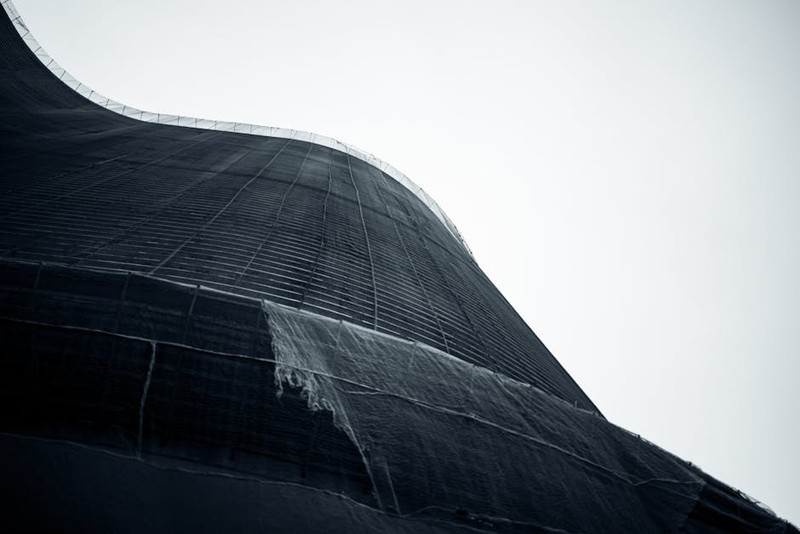The Hidden Challenge: Balancing Flexibility and Cost in Low-Volume CNC
Modular industrial designs thrive on adaptability, but low-volume CNC production introduces a paradox: how to maintain design flexibility without inflating costs. Traditional high-volume CNC workflows often fail here, as setup times, material waste, and tooling changes eat into margins.
In a recent project for a robotics startup, we faced this exact issue. The client needed 50 units of a modular actuator housing, with potential design tweaks mid-production. Here’s how we solved it:
Key Pain Points in Low-Volume Modular CNC
- Setup Costs Dominate: For 50 units, setup can account for 40% of total costs (vs. 10% in high-volume).
- Material Waste: Modular designs often use unique geometries, increasing scrap rates.
- Tooling Complexity: Frequent design changes require rapid tooling adjustments.
🔍 Insight: Low-volume modular CNC isn’t just about machining—it’s about process design.
Expert Strategies for Cost-Effective Modular Production
1. Leverage Multi-Axis Machining for Complex Geometries
Modular designs often feature intricate interfaces. Using 5-axis CNC machines, we reduced setups by 60% for a client’s drone chassis project:
| Metric | 3-Axis Approach | 5-Axis Approach |
|---|---|---|
| Setup Time | 4.5 hours | 1.8 hours |
| Scrap Rate | 12% | 6% |
| Per-Unit Cost | $48 | $38 |
⚙️ Process Tip: Combine operations (e.g., milling and drilling) in one fixture to cut downtime.
2. Standardize Modular Fixturing
For the robotics project, we designed a universal fixture system compatible with all housing variants. This reduced changeover time from 90 minutes to 15 minutes per batch.
💡 Lesson Learned: Invest in modular fixturing early—it pays off by Batch 3.
3. Optimize CAM Programming for Variants
- Use parametric programming to auto-adjust tool paths for design tweaks.
- Result: A 30% reduction in reprogramming time for mid-production changes.


Case Study: 22% Cost Reduction in a Modular Actuator Project
Challenge: Produce 50 actuator housings with 3 potential design variants. Initial quotes exceeded budget by 35%.
Solution:
1. Hybrid Process: Combined 5-axis machining with waterjet cutting for non-critical features.
2. Tooling Pool: Shared tooling across variants to minimize changeovers.
3. Material Strategy: Used oversized blanks for multiple variants, cutting scrap by 18%.
Outcome:
– Per-unit cost dropped from $120 to $94.
– Lead time shortened by 3 weeks despite mid-production design updates.
Actionable Takeaways for Your Next Project
- Start with a Process Audit: Map where time/cost is lost (e.g., setups, tooling).
- Prioritize Multi-Axis Machines: Even if hourly rates are higher, total cost often drops.
- Design for Machinability Early: Collaborate with your CNC partner during prototyping.
Final Thought: Low-volume modular production isn’t about cutting corners—it’s about smarter workflows. By focusing on process innovation, you can achieve both flexibility and profitability.
Ready to optimize your next modular CNC project? These strategies are battle-tested—apply them to your workflow and share your results.
